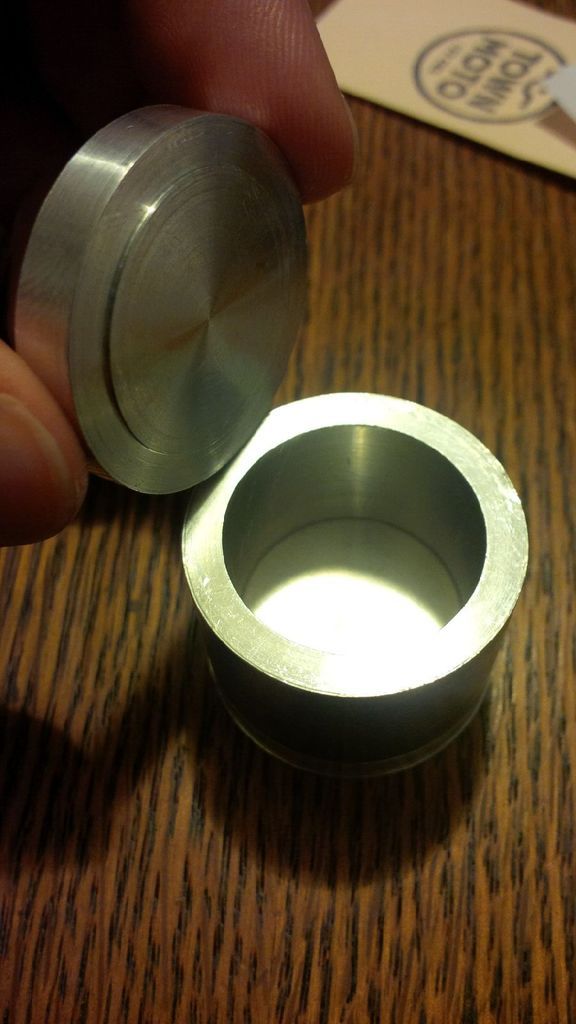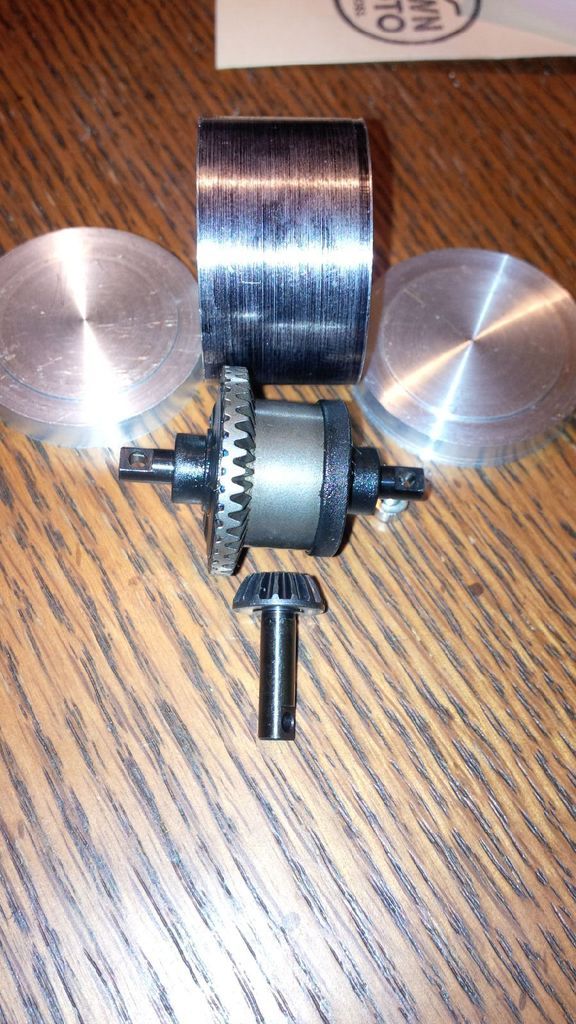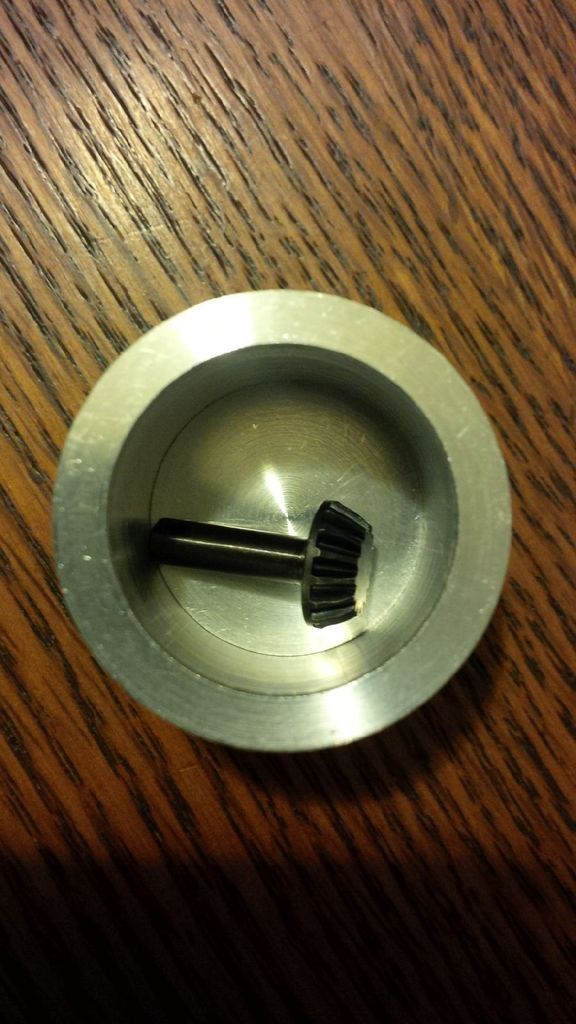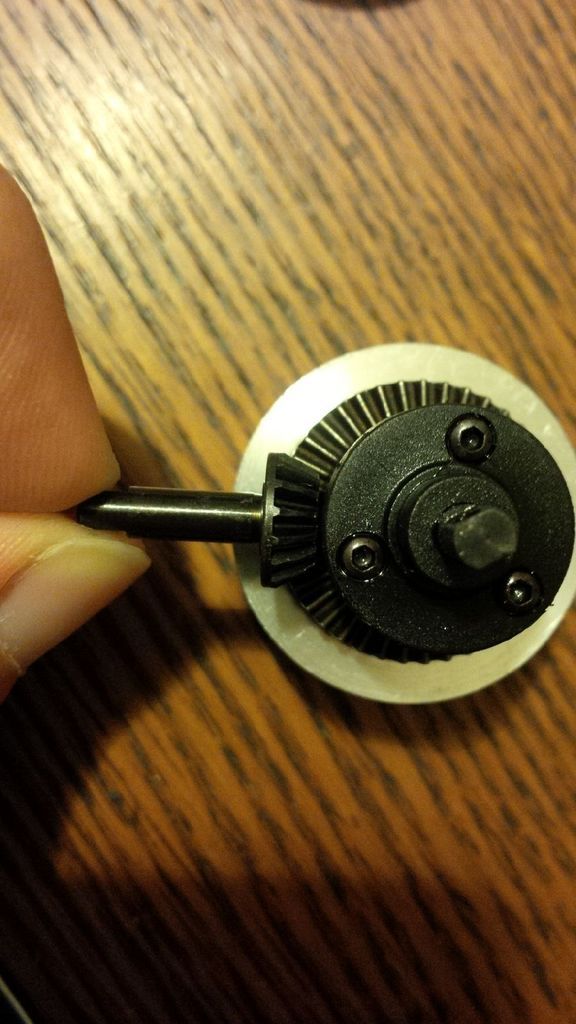what size reamer would I need so the diameter of a bolt can slide in but tight.
using both M2 and M2.5 hardware. so one reamer for each.
and on that note are all M2 and M2.5 taps the same? seems like I can get a few taps from hongkong on ebay for cheap, should I worry? is there a certain pitch for M2 and M2.5 for a machine screw?
using both M2 and M2.5 hardware. so one reamer for each.
and on that note are all M2 and M2.5 taps the same? seems like I can get a few taps from hongkong on ebay for cheap, should I worry? is there a certain pitch for M2 and M2.5 for a machine screw?
Last edited:








